You don’t have to wait a lifetime for a newly planted tree to grow big enough to hold a bird feeder or shade the backyard patio.
By choosing quick-growing varieties and giving them the proper care, you can have it made in the shade in a surprisingly short time.
The white willow, a cousin of the familiar weeping willow, is an upright grower that soars 20 to 30 feet in just 5 to 6 years and eventually grows as tall as 100 feet with a 50-foot spread.
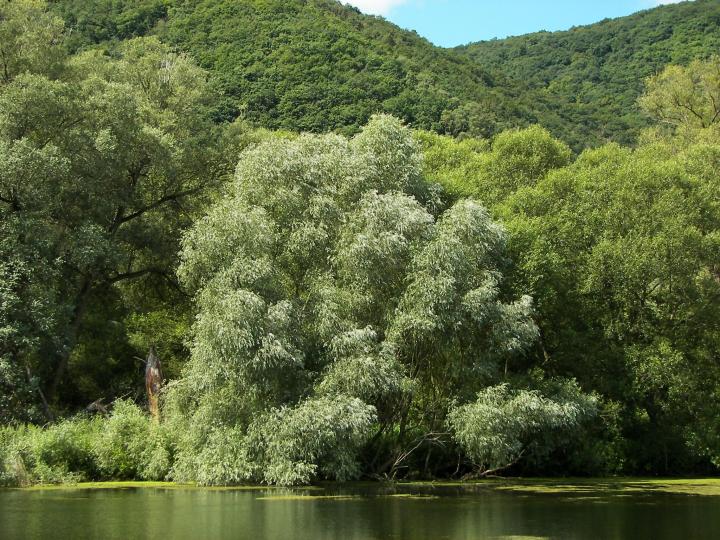
Photo credit: Wikimedia
Poplars are also known for their rapid growth. The eastern poplar, better known as cottonwood in many areas, shoots skyward at 4 to 5 feet a year. In Mississippi, a cottonwood growing on rich bottomland was reported to have obtained a height of 98 feet in just 11 years.
POPLARS
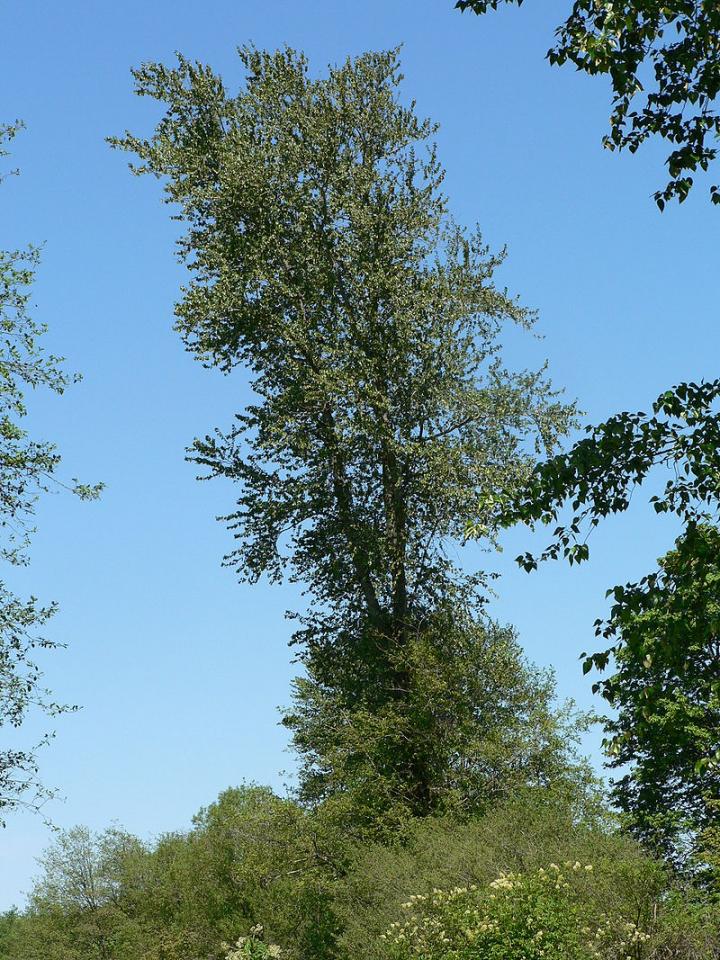
Photo credit: Wsiegmund/Wikimedia
Another speedy shade-maker is the silver maple, a magnificent low-branching tree that grows 2 to 3 feet in height each season. Its light-green leaves have a silvery underside and turn golden yellow in the fall.
SILVER MAPLE
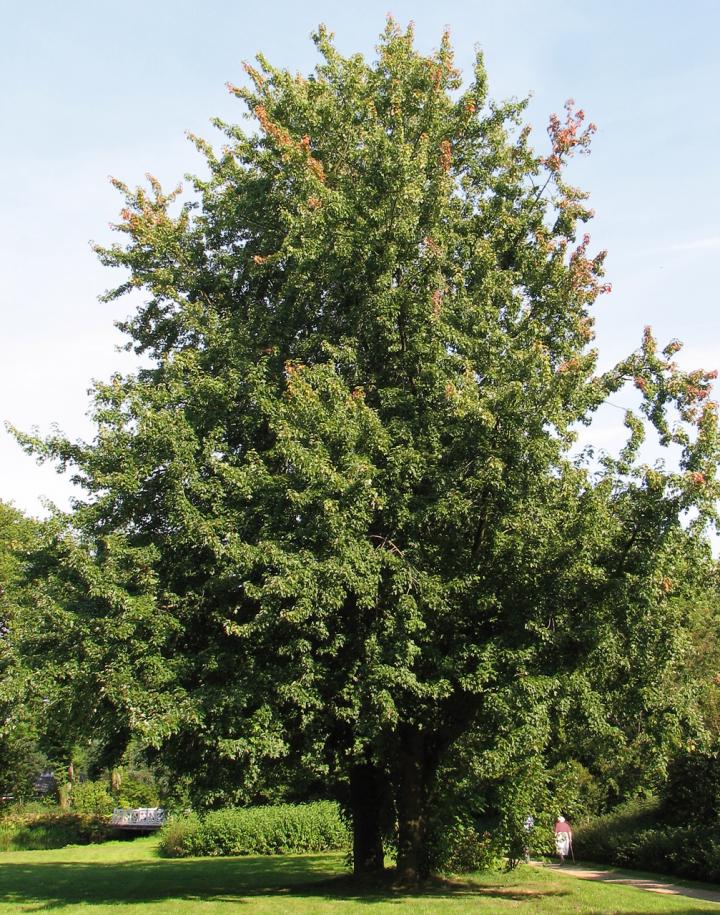
Photo credit: Darkone/Wikimedia
The thornless honeylocust casts a delicate shade through its tropical-looking, fernlike foliage and rapidly grows to its mature height of 45 feet.
HONEYLOCUST
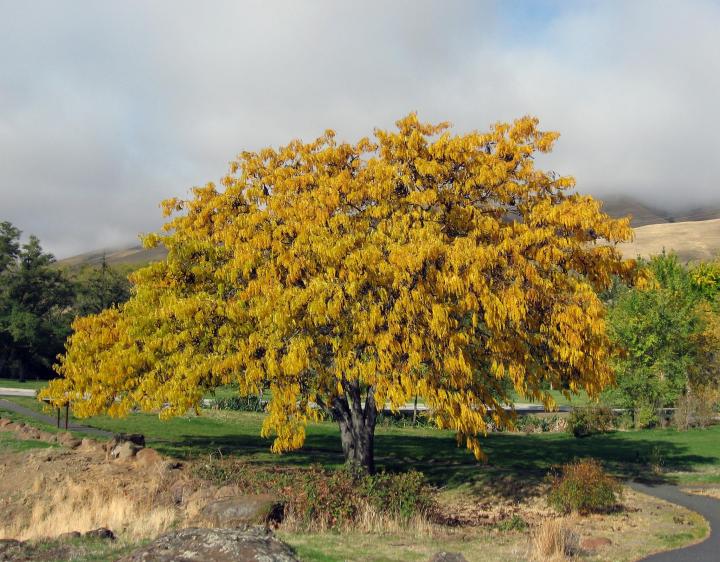
Photo credit: Kevmin/Wikimedia
Unfortunately, fast growth comes with a price. Quick trees tend to be brittle and are more likely to be damaged by high winds and ice storms than are slow-growing varieties such as sugar maple and beech.
Trees with medium growth rates may be the best choice for growing a durable tree in a relatively short time. Red maple is such a tree. It looks a lot like a sugar maple but grows at twice the rate, or about 2 feet per year. Its brilliant, fiery fall foliage is considered by many to be the best of any tree.
RED MAPLE
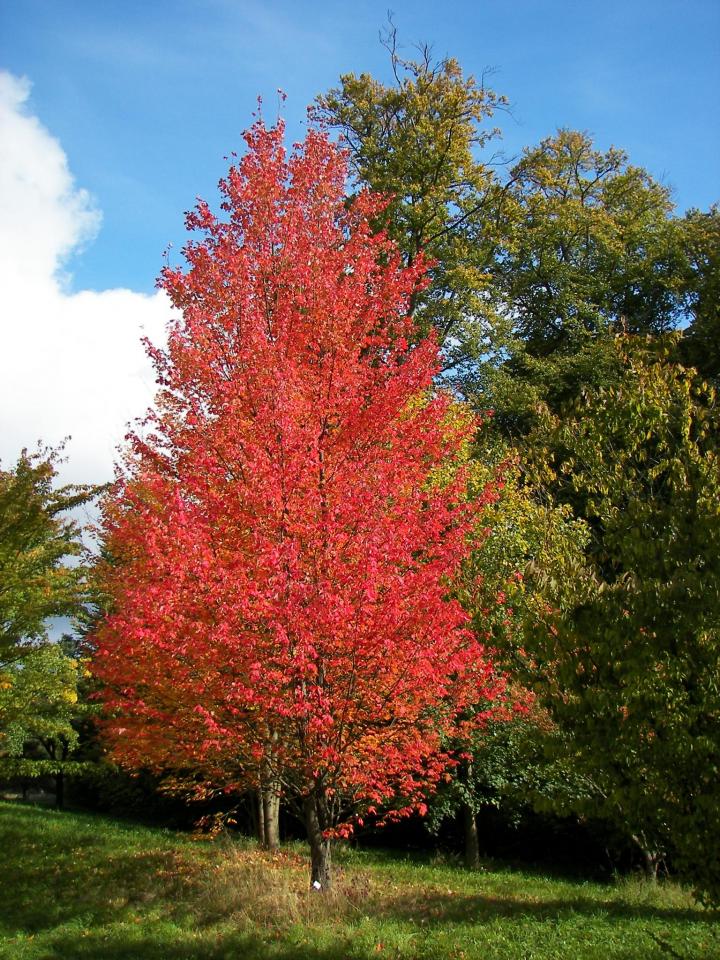
Photo credit: Wikimedia
Oaks have a reputation for growing painstakingly slow, but two that are exceptions to the rule are the red oak, with an average yearly growth rate of 2 feet, and the pin oak, which often grows 3 feet or more in one season. Both of these muscular trees will eventually reach 70 feet or more.
OAKS
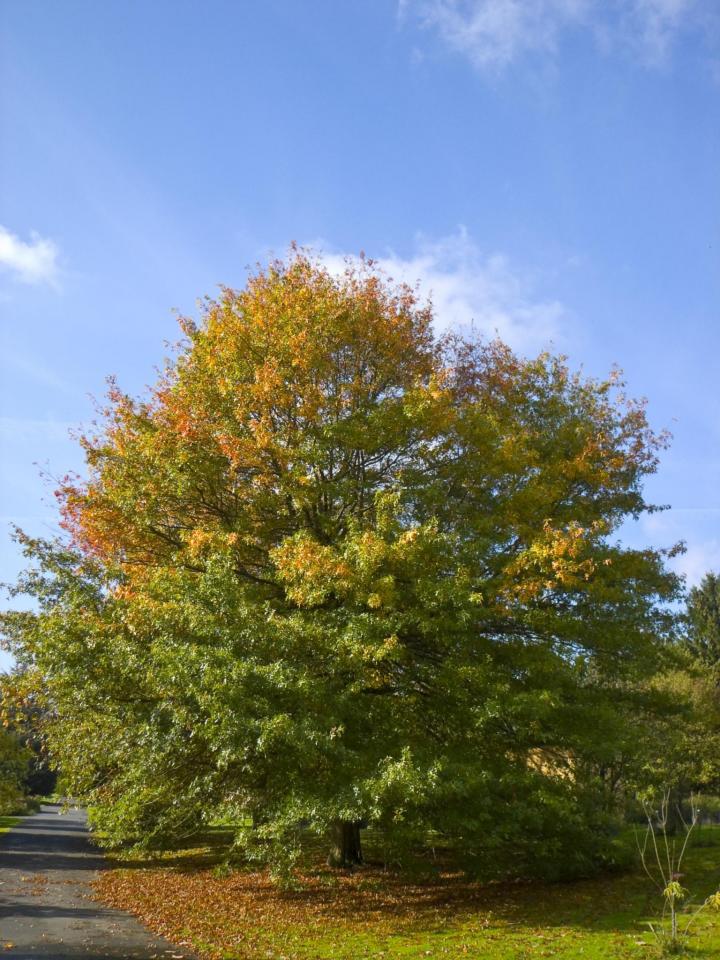
Photo credit: Wikimedia
Regular feeding and watering will keep trees growing at their maximum rate; even slow-growing varieties, given some encouragement, can rise to the occasion.
